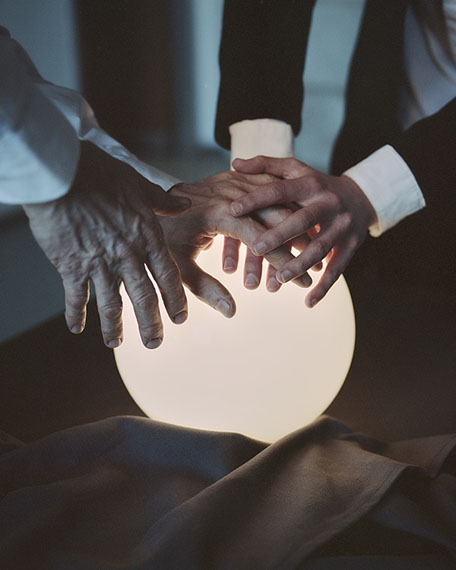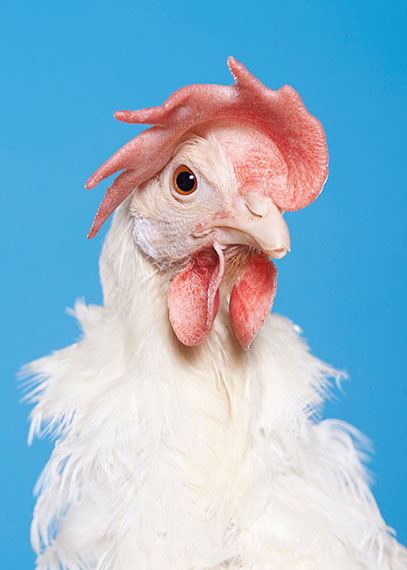
Carte blanche Students 2018
Gare du Nord train station and at Paris Photo
Kata Geibl » Simon Lehner » Daria Minina » Daniel Szalai »
Exhibition: 4 Oct – 12 Nov 2018
Gare du Nord
18 Rue de Dunkerque
75010 Paris
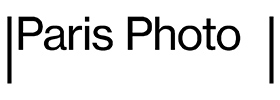
Paris Photo
Avenue Winston Churchill
75008 Paris
+33(0)1-47565000
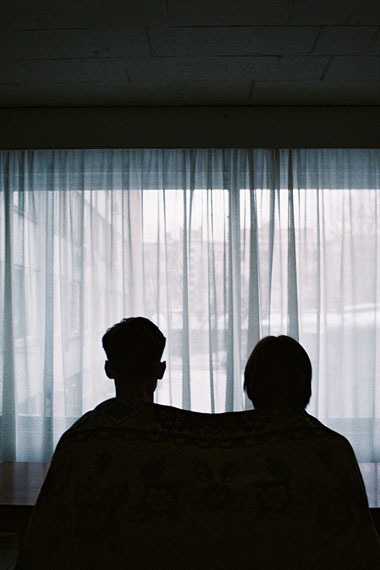
Paris Photo, Picto Foundation, and SNCF Gares & Connexions partner to organize a platform in promotion of the discovery and exposure of outstanding young talent within masters or bachelor programs in European schools for photography and the visual arts.
Four student projects, selected by a jury, will be presented in a large format exhibition in Paris’ Gare du Nord train station (Oct 4 – Nov 12) and in a dedicated space at Paris Photo. Their work will also be the highlighted in a round-table discussion on emerging art and the art market.
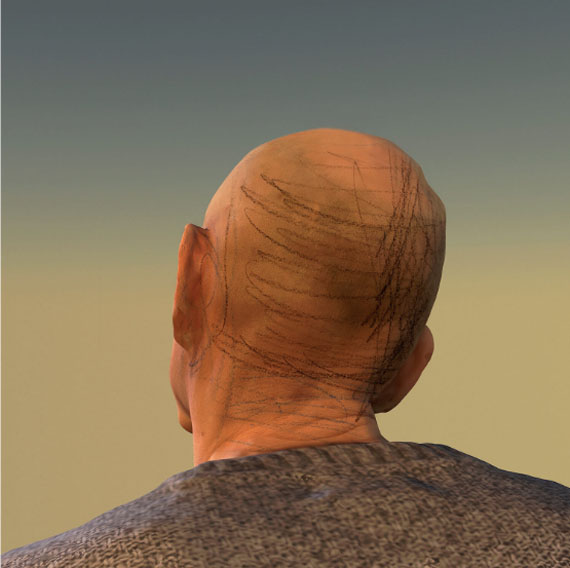
DANIEL SZALAI: NOVOGEN
Novogen is a long-term photographic project, based on the industrialised breeding of chickens of the Novogen White breed, whose eggs are used in the production of pharmaceutical products. Through this study, which mixes shots, installations and documents from the marketing material of the company Novogen, Daniel Szalai raises the issue of intensive livestock farming, technology and man’s relation to animals and nature.
SIMON LEHNER: HOW FAR IS A LIGHTYEAR?
Winner of the Maison Ruinart Prize
“How far is a lightyear?” investigates fatherhood, love and the development of identity through family. We follow the viewpoint of a boy who resembles the state of balancing two conflicting sides, while being stuck in the firing line of a bad love story, between unstableness and ignition. The title stems from a question I asked my father when I was a kid and the time that has passed since he left my family but is also a reference to the medium of photography. The series uses 3D Scans/Renderings consisting of the only images I took and have of my father dating back to 2005, indicating emotional and physical distance. Through this method I now have the chance to reconstruct him and make my father tangible with the imagery I have left as I try to make a portrait without physical contact. Approximately 12299e14 kilometers of traveled light since I pressed the shutter of the camera in 2005. Incorporated in the 3D scans are childhood drawings, memories and fantasies which hint at fears and dreams as a kid, the longing for a father but simultaneously resentment due to his actions. As children we try to imitate certain characteristics of parents and some are anchored in our DNA. Stem cells depicted in the state before flourishing to any cell type if manipulated, reference the different developments of a child when influenced and also shows my contrasted search on which attributes and characteristics I have from each side of my parents.
KATA GEIBL: SISYPHUS
In Greek mythology Sisyphus tricked Death by trapping Thanatos in chains. Once Thanatos was bound by chains, no one died on Earth, this is why Sisyphus was punished to roll an enormous rock up a hill, only to watch it come back to hit him, repeating this action for eternity. How we used to think about the world is changing radically everyday. Religion is replaced by science, we are flooded by images everyday, we want instant access to knowledge. Photography as a medium has the ability to capture everything that’s in front of the camera, the machinery sees even what the human eye is not capable of. We can see universes, stars exploding, microscopic worlds, atom bomb detonation with the safety of the far distance. Through these images we think we can get closer to understand how the world is functioning without ever experiencing or seeing it through our own eyes. I always thought that once I understand the construct of time it will lead me to understand the world that surrounds us. Science measures time, categorises it, tricks it. Humanity is starting to slowly realise that our time is running out so we try to look into the future and prepare ourselves to what might come. In the past few years I often find myself struggling with the feeling referred to as Sein-zum-Tode (Being-toward-death) by Martin Heidegger which is slowly taking over not just my life but maybe all mankind. Humanity tends to believe that history is moving forward, never repeating itself, learning from the past’s mistakes. I’ve rather like to think of time and history as a circle, always coming back, just to start again. In series Sisyphus I constructed an imaginary laboratory where its up to the reader to decide where the line lies between fiction and reality without any scientific explanation.
DARIA MININA: PUTIN'S GENERATION
Cyril (21) and Rodion (18) are a couple from Krasnoyarsk, Siberia. Born in Russia in the late 90’s, they grew up more open-minded, reckless and fun compared to their ancestors. They both disregarded limitations of the Soviet period and were highly influenced by Western culture, globalization and the Internet. Cyril's and Rodion’s childhood coincides with the development of capitalism and democracy under the Putin administration beginning in 2000. Now, almost two decades later, Cyril and Rodion are adults and have just obtained their voting rights. Yet Russian political powers, anti-LGBT views and many other aspects of Russian realities are still the same as they were at their birth and are likely to remain in the foreseeable future.
This photo story was made prior to the Russian presidential election of 2018 in order to show the contrast between the up-and-coming new generation of Russia, the so-called «Putin's Generation», and the outdated absurd environment it is in. What is it like to spend a lifetime under the power of the same person and enter your adult life knowing you can’t change anything?�
